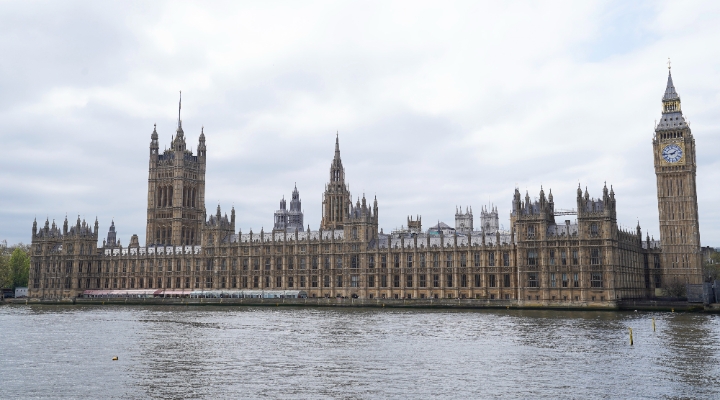The UK unemployment decreased to the lowest level in more than five years as companies raised their headcount as economic recovery gained momentum. The ILO unemployment rate eased to 6.6% in the three months to April from 7.2% during the November to January period, reported the Office for National Statistics.
The rate also dropped from the 7.8% during the same period of last year. The latest figure was the lowest since early 2009 and came in below the expected 6.7%. The Bank of England has pledged not to raise its key rate from the current 0.50% until the slack in the labour market is exhausted. Policymakers are now divided over the remaining amount of spare capacity.
Although employment is continuing to grow very rapidly, there still appears to be enough slack in the jobs market to prevent pay growth from picking up. Pay including bonuses increased 0.7% from last year, slower than the 1.9% rise seen in the three months to March. Likewise, earnings growth excluding bonuses slowed to 0.9% from 1.3%.
Jeremy Cook, chief economist at the currency company, World First, said this was a cause for concern.
“As a result I am still expecting the BOE to hold policy right through into Q2 of 2015, mainly courtesy of the lack of real wage increases,” he concluded.
Neil Williams, group chief economist at Hermes Fund Managers agreed, saying that UK rate hikes will not come till 2015.
“Even then, expect only ‘baby steps’ back to ‘normal’, keeping real policy rates negative into 2016,” he added.
According to ONS, there were 1.09 million people claiming Jobseeker's Allowance in May, down 27,400 from April, which was the 19th consecutive decline. Economists had forecast a smaller decrease of 25,000 for May. The claimant count fell to 3.2% in May, in line with forecast, from 3.3% in April. There were 2.16 million unemployed people during the three months to April, 161,000 fewer than in November to January.
At the same time, employment rose 345,000, the largest rise since records began in 1971, to 30.54 million.




























